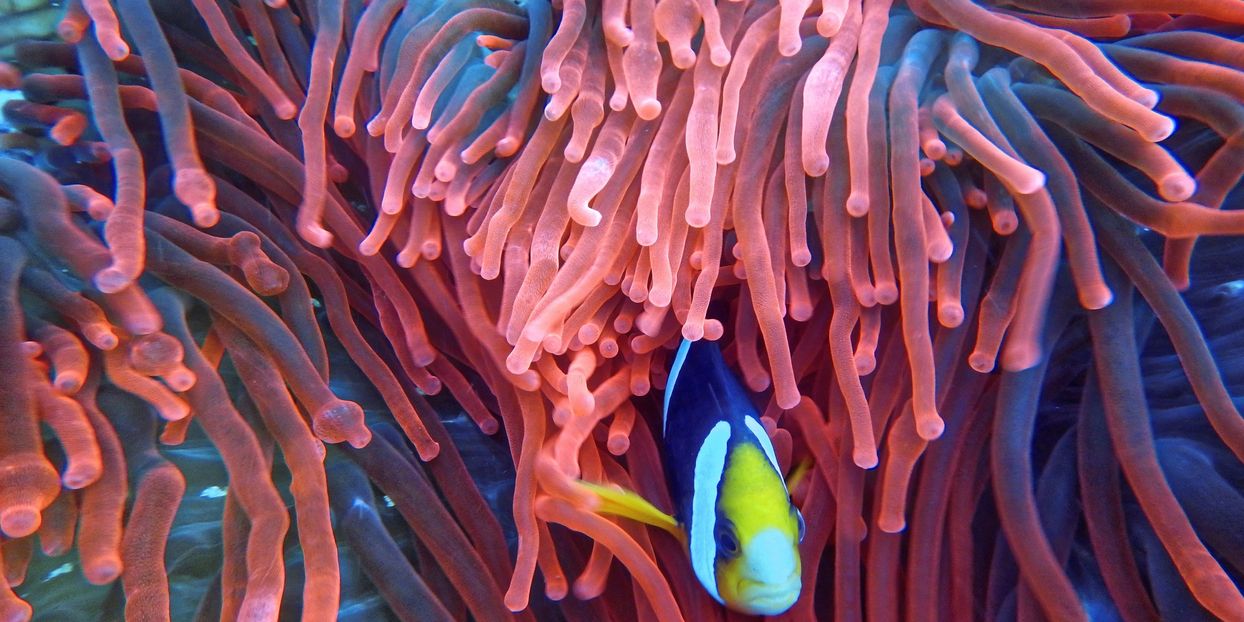
10 Must Dos from Biodiversity Science 2022
We are calling for policymakers worldwide to take in the scientific knowledge synthesized in the 10 Must Knows from Biodiversity Science 2022 to inform much needed policies. At the UN Biodiversity Conference in Montreal in December 2022, your decisive action is needed to halt the man-made extinction of species and to strengthen biodiversity. The 10MustDos22 are intended to support you in taking such action by proposing solutions that can be implemented with immediate effect.
Find corresponding literature references at "Read more".
MustDo 4: Did you know that roughly 70% of the 7,000 languages known to date are native to just 1/4 of the earth‘s surface, and that this 1/4 also corresponds to the regions with the highest biodiversity [1]?
We call for the preservation, maintenance and documentation of indigenous and local languages and their associated knowledge systems. This includes recognising land, territorial and socio-cultural rights of indigenous peoples and local communities (IPLCs). Biological, socio-cultural and linguistic diversity are intertwined, having co-evolved as socio-ecological systems [2]. The highly developed environmental knowledge as well as the practices of IPLCs play a crucial role for a good life within planetary boundaries [3,4,5,6].
12/05/2022
[1] Gorenflo et al. (2012). Co-occurrence of linguistic and biological diversity in biodiversity hotspots and high biodiversity wilderness areas. PNAS. doi:10.1073/pnas.1117511109
[2] Sze et al., Indigenous lands in protected areas have high forest integrity across the tropics, Current Biology (2022), doi:10.1016/j.cub.2022.09.040
[3] McElwee et al. (2020). Working with Indigenous and local knowledge (ILK) in large-scale ecological assessments: Reviewing the experience of the IPBES Global Assessment. Journal of Applied Ecology. doi:10.1111/1365-2664.13705
[4] Mann et al. (2021). Assessing forest governance innovations in Europe: Needs, challenges and ways forward for sustainable forest ecosystem service provision. Ecosystem Services. doi:10.1016/j.ecoser.2021.101384
[5] Hill et al. (2020). Working with Indigenous, local and scientific knowledge in assessments of nature and nature’s linkages with people. Current Opinion in Environmental Sustainability. doi:10.1016/j.cosust.2019.12.006
[6] Reyes-García et al. (2022). Recognizing Indigenous peoples’ and local communities’ rights and agency in the post-2020 Biodiversity Agenda. Ambio. doi:10.1007/s13280-021-01561-7
